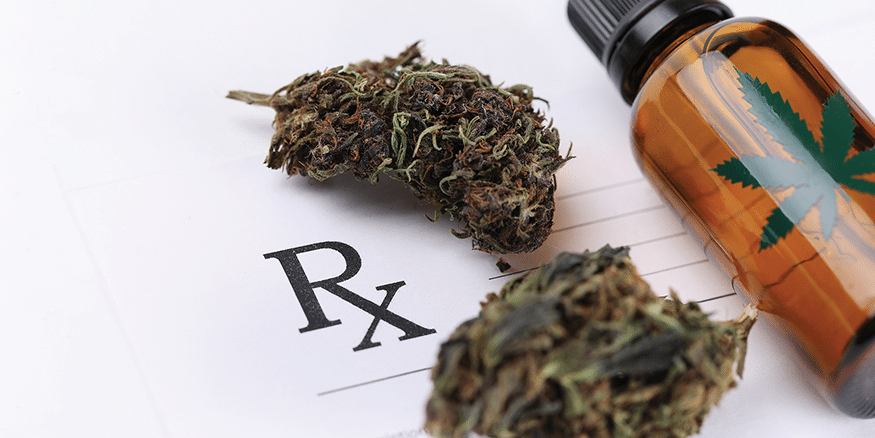A How-to Guide for Medical Cannabis
Since the legalization of cannabis in Canada, you might have considered trying recreational cannabis to treat your medical condition. While purchasing cannabis from a recreational shop may seem simpler, it is best to use medical cannabis instead. This way, you can be confident that the strain you use will be appropriate for your condition(s) and that it is safe to use with any medicines and/or treatments you currently take.
Remember, even with the legalization of recreational cannabis in Canada on October 18, 2018, there are still limits on the amount of medical cannabis you can carry with you. You can store as much cannabis as you want at home, but you can only carry the lesser of up to a 30-day treatment supply or 150 g of dried cannabis in public without consequence.1
4 Easy Steps to Access Medical Cannabis
Step 1: Get a medical document from your doctor or nurse practitioner.
To do this, ask your physician about using cannabis for medical reasons. If your physician is not comfortable prescribing medical cannabis, you can find a reputable cannabis clinic to work with and they can keep your doctor informed on your treatment. You do not need a referral from your doctor to access a medical cannabis clinic and provincial health plans provide coverage for these appointments.
Step 2: Find and register with a licensed producer.
You can find a licensed medical seller by searching in the Government of Canada’s website.2 Most of the medical cannabis clinics are associated with licensed producers (LP) and they can easily walk you through the registration process. Once you choose your LP, you need to send them your medical document. If you are working with a medical cannabis clinic, they can send the document on your behalf. If the medical cannabis clinic says your chosen LP is not a partner and refuses to send your document to them, then you can cancel the document and reach out to the LP who can direct you to their associated physicians or clinics.
Step 3: Choose the product(s) you would like to purchase.
Cannabis products come in various strains, combinations, and forms, with unique aromas, flavours, and different health benefits. You also have the option of whether you want to inhale cannabis (e.g., smoking dried flowers, vaporizing distillate), ingest products, (e.g., oils, teas, edibles, capsules), or apply it topically (e.g., cannabis infused balms, lotions, and sprays). Once you place your order, they will ship it to your home in discreet packaging.
Step 4: Get it covered.
If you have private coverage, your prescription may be an included benefit. Extended public plans might also reimburse medical cannabis products. Consider asking the LP if they offer discounts through their compassionate pricing programs. Ask your insurance provider and healthcare team about the coverage options available for you. You may also be able to use your Health Spending Account if your plan allows for this. Keep all your medical cannabis receipts and a copy of your medical document, as medical cannabis is a valid medical expense to deduct while completing your tax returns.
Support
If you feel overwhelmed or still have questions about medical cannabis, there are many resources available that can make this process easier and much more convenient for you. As examples, Medical Marijuana Consulting and Santé Cannabis provide free services.


